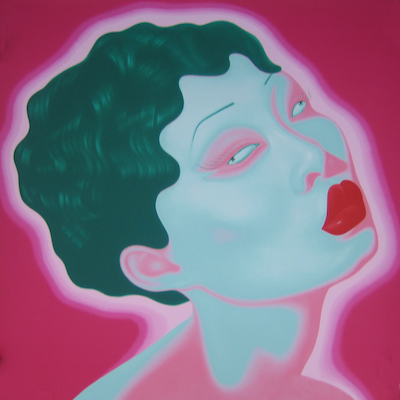Huai-Qing Wang is a contemporary Chinese artist who works considered some of the best in the world and in the history of China. Huai-Qing Wang has created a unique collection of artwork that stands out among contemporary Chinese artists. Here is a closer inspection of Wang's pieces and his unique artistic style. Wang's a
Read More
Huai-Qing Wang is a contemporary Chinese artist who works considered some of the best in the world and in the history of China. Huai-Qing Wang has created a unique collection of artwork that stands out among contemporary Chinese artists. Here is a closer inspection of Wang's pieces and his unique artistic style. Wang's art is defined by the use of Chinese calligraphy and
cubism. His pieces have objects in them that resembles different items that are often found in everyday life. These objects are arranged in an abstract manner that gives them a powerful appearance. People are immediately drawn into Wang's art because of the way he catches a person's eyes with the illusion of the objects. Huai-Qing Wang classifies his own artwork as traditional and deeply connected to his culture. He resists Western influence and strives to develop unique artwork that is not based on Western themes. Chinese history also influences Wang because it helps him to keep the former days of China relevant in today's society. Huai-Qing Wang belongs (and help to found) an artistic movement called the Contemporaries. Most of his works have be completed with oil paints and canvases.
Read Less 

























